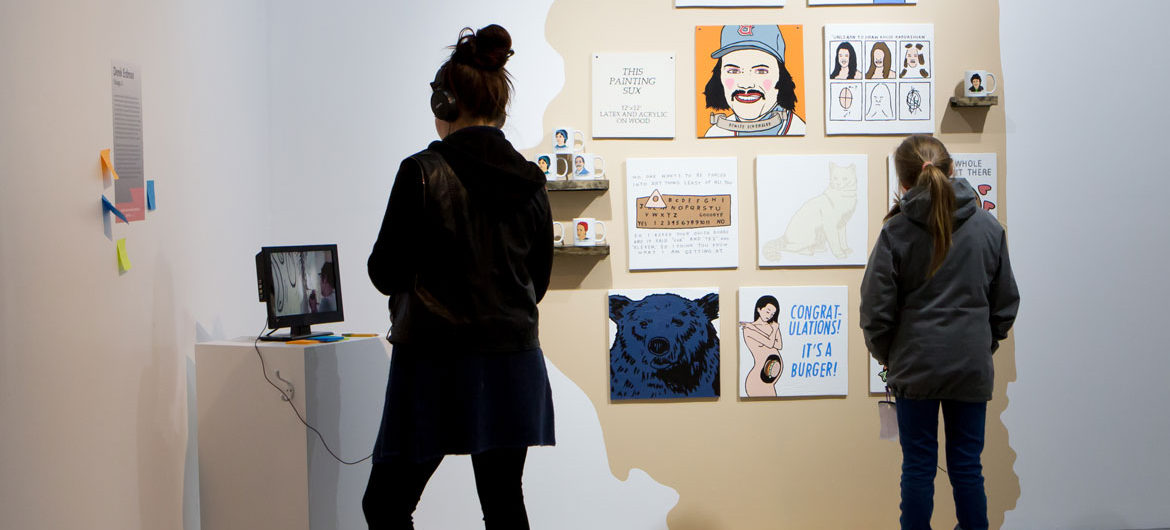How can you make a living as an artist?
That’s the question Lucas Spivey was again asking when he left a job in Washington state in 2016 and moved back to Boston. Rather than heading right here, “I thought I’ll take my time.” So he turned the trip into a 15,000-mile cross-country odyssey to meet creators and ask (as he says in his “Culture Hustlers” podcast that he launched last November) “how they hacked out their living by selling culture.”
Spivey did it with his “Mobile Incubator.” He explains, “So I’m like, I’m going to make an office. … And I want it to be really cool.” The result is a traveling office that he created inside a 1957 Shasta camper trailer customized inside with a mosaic made from hundreds of boards of reclaimed wood. It’s become a place where, when he parks, people visit, chat, photograph selfies, record questions, and get interviewed for his podcast.
“The conversations were amazing because it wasn’t a white cube, it wasn’t an office,” Spivey says. “You’re inside something really special.”
It’s these questions, these conversations, these adventures that are behind “Culture Hustlers: Artists Minding Their Business,” the exhibition Spivey organized that’s on view at the Boston Center for the Arts Mills Gallery through April 8.
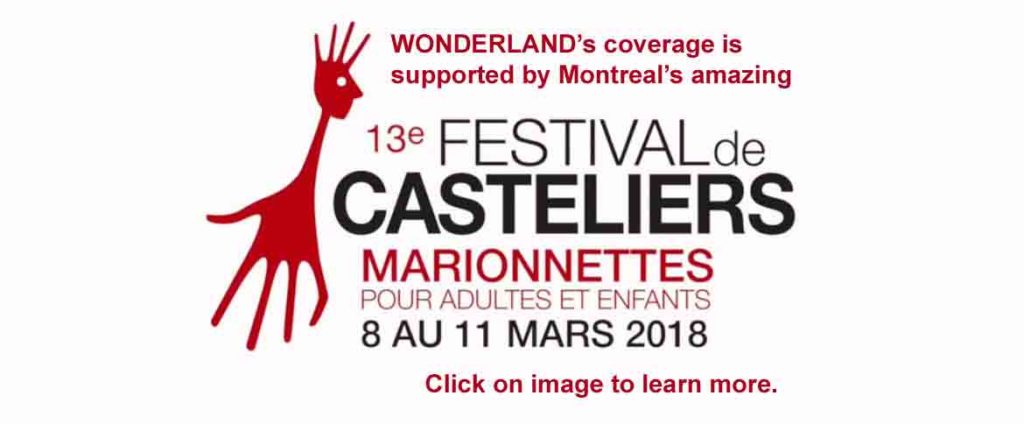
Help Wonderland keep producing our great coverage of local arts, cultures and activism by contributing to Wonderland on Patreon. And sign up for our free, weekly newsletter so that you don’t miss any of our reporting.
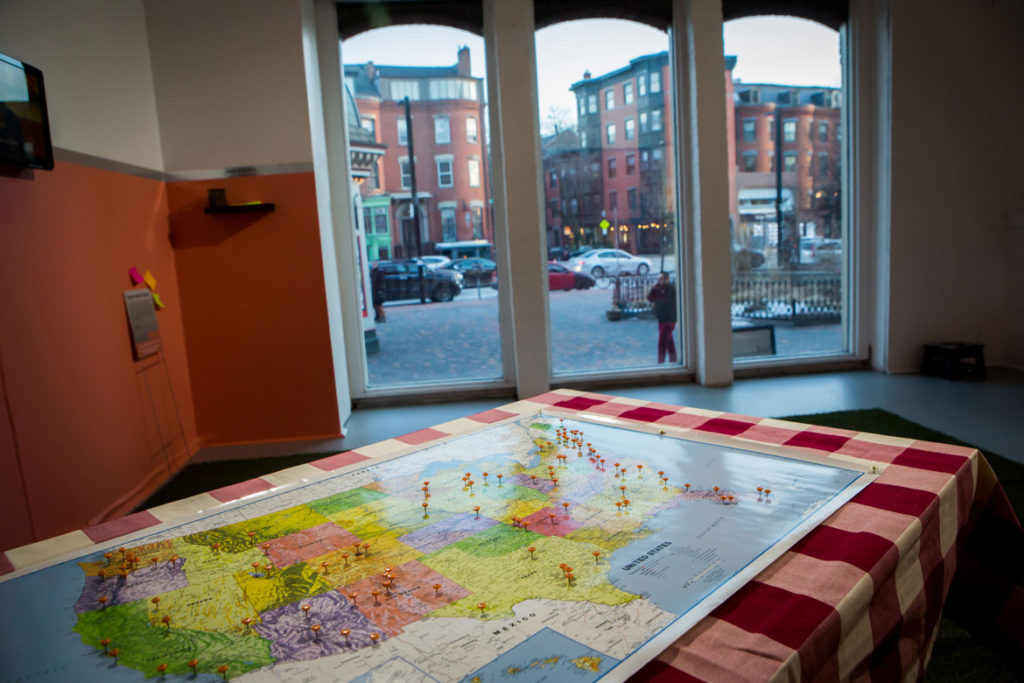
A bit of background about Spivey. He was born in Minnesota, grew up in Wisconsin and Alaska, summering in Georgia and South Carolina. In 2009, he earned an undergraduate degree in art-making from the University of Washington. Then he worked as the program manager at the galleries at Montserrat College of Art in Beverly, Massachusetts, and ran his own gallery by the name of 17 Cox (for its street address) in that city. He went on to earn a masters degree in business administration from Endicott College in 2014.
“I got a BFA and an MBA, which basically makes me start asking questions,” Spivey says. “You do two different things in your life and you want to reconcile it.”
How do artists make it work financially, he wondered. Why aren’t more artists addressing this? And why aren’t more art schools offering training in the business of being an artist?
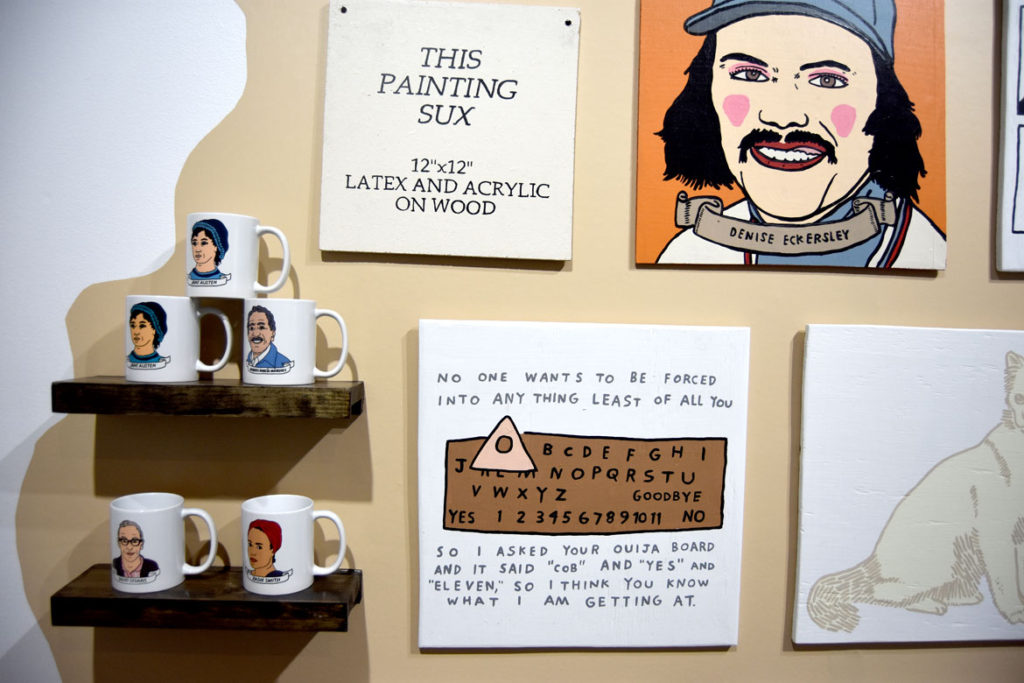
Spivey moved out to Tieton, Washington, a city of some 1,200 people located about a three hour drive southwest of Seattle. There he served as the executive director of Tieton Arts & Humanities. The nonprofit facilitates “participation, collaboration, and community-based entrepreneurship” by offering a mosaic sign production studio, exhibitions of small art, an annual weekend-long poetry workshop, Día de los Muertos celebrations, that sort of thing.
After he brought the “Mobile Incubator” to Boston in 2016, he parked it outside the Boston Center for the Arts and held office hours for a public art residency last July, and then at Harvard University in October, and at Ringling College in Sarasota, Florida, in November.
“The whole point is to be inside a work of art. And it just allowed people to open up in a different way,” Spivey says. “This is the power of art. You know what this is, this is the best classroom I could have asked for.”
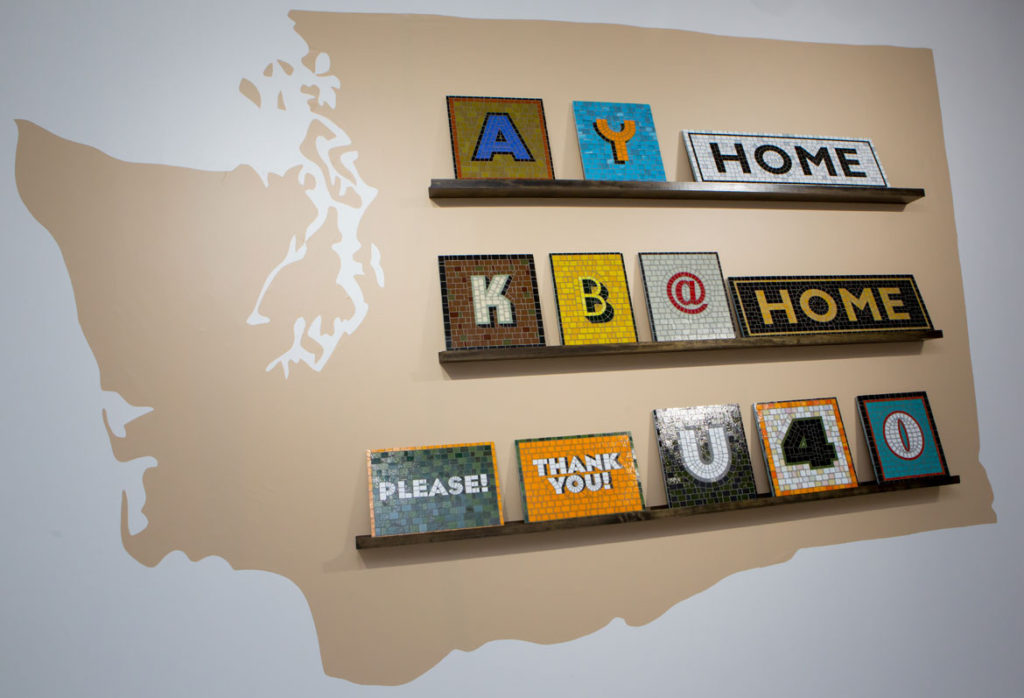
Why don’t art schools offer more business training?
“I’m a little upset that art schools aren’t providing it, but I understand it,” Spivey says. Students, faculty and administrators are interested, would like the schools to offer business training. But schools move slowly. Offering such programs brings up curriculum planning and accreditation questions. Then there’s the cost. “My exhibition is a way to get started,” Spivey says. “And, honestly, I’m cheaper.”
“I think people are too narrow-minded about what they consider art,” Spivey says. There used to be an appreciation for trade and craft, for the handmade, for your local musicians or actors, he says. “For some weird reason, it got super conceptual and academic. You were better if you weren’t understood. … At that point people stopped making things that helped people’s lives.”
“A lot of people when they’re creating aren’t thinking enough about how they help people’s lives,” Spivey says. “A lot of artists are trying to be misunderstood geniuses instead of just trying to make people smile.”

The “Culture Hustlers” exhibition, Spivey says, came out of asking: “What if I took what is usually a really visual thing and had an art show and embedded business?”
The artists in the show are meant to be inspirations—Chicago prankster artist Derek Erdman, San Francisco rainbow psychedelic painter Kristin Farr, Detroit metal workers Amy Weiks and Gabriel Craig’s Smith Shop, the Washington state sign shop Tieton Mosaic (launched in 2013 by Tieton Arts & Humanities, along with Mighty Tieton and the city of Tieton), and New Mexico’s Española Valley Fiber Arts Center, which sustains regional weaving traditions and fosters new craft by offering classes, studio space and a shop. “You can’t copy them word for word because they’re already doing it,” Spivey says.
Erdman is “somebody you can look at and be inspired because they found a way to be popular that’s true to them,” Spivey says. The Smith Shop is an example of couples as partners. “It’s really a good model. Mom and pop shows have been a model for thousands of years.”
Spivey says these artists aren’t “not role models per se, but they’re thinking about what would be right for me. It’s not a step-by-step. It’s one inspiring story that gets you thinking about it.”
On his website, Spivey writes that “his research demonstrates that the cultural sector is limited by a lack of access to capital, intellectual property and legal acumen, and disproportionate low marketing budgets. Yet artists and cultural entrepreneurs have high mission enthusiasm, product authenticity, and creative incentives.”
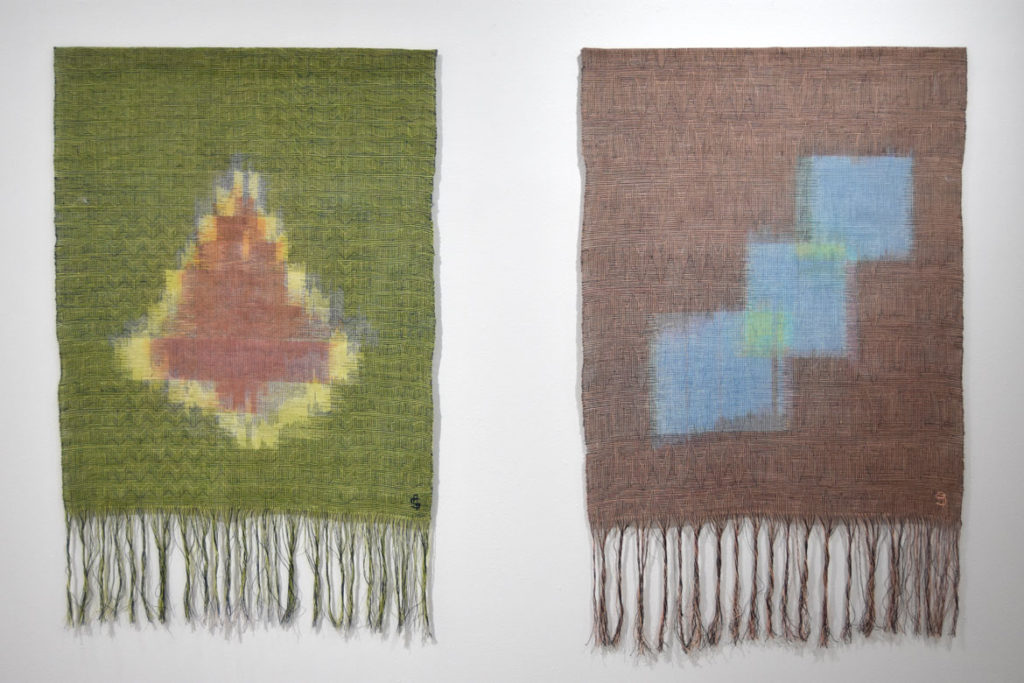
How does Spivey make it work himself? “I charge for the public art installations [his trailer residencies]. I do sponsorships on the podcast,” he says. He’s looking for institutions to pay him to develop and present exhibitions.
“I make it available to them to have a national conversation about arts business, which they wouldn’t be able to do in-house because all their faculty has to live within an hour radius,” Spivey says. “Students love what I do. They write me emails.”
“Successful business owners ask themselves the right questions every day,” Spivey says. Art entrepreneurs, “instead of asking questions about art history context, they’re asking questions like should I be a membership organization, should I focus on Instagram? How do I put myself out there?”
Spivey says, “I’m hoping if people start thinking of it as businesses, they’ll start thinking about how it helps other people. So more art can be brought into the world.”
Help Wonderland keep producing our great coverage of local arts, cultures and activism by contributing to Wonderland on Patreon. And sign up for our free, weekly newsletter so that you don’t miss any of our reporting.

